Ah, the double cross. Golf's nemesis and source of many a cuss word muttered under one’s breath. We've all been there; you line up your shot with the utmost confidence, only to watch in horror as your golf ball curves off in the wrong direction! But why does this happen? And how can we prevent it from happening again?
In this blog post, we'll be breaking down what a double-cross is and offering some tips on avoiding them during play. So strap in for an adventure into the wild world of golfing mishaps - who knows, maybe by understanding more about these pesky misfires you'll avoid having to mutter those curse words once again!
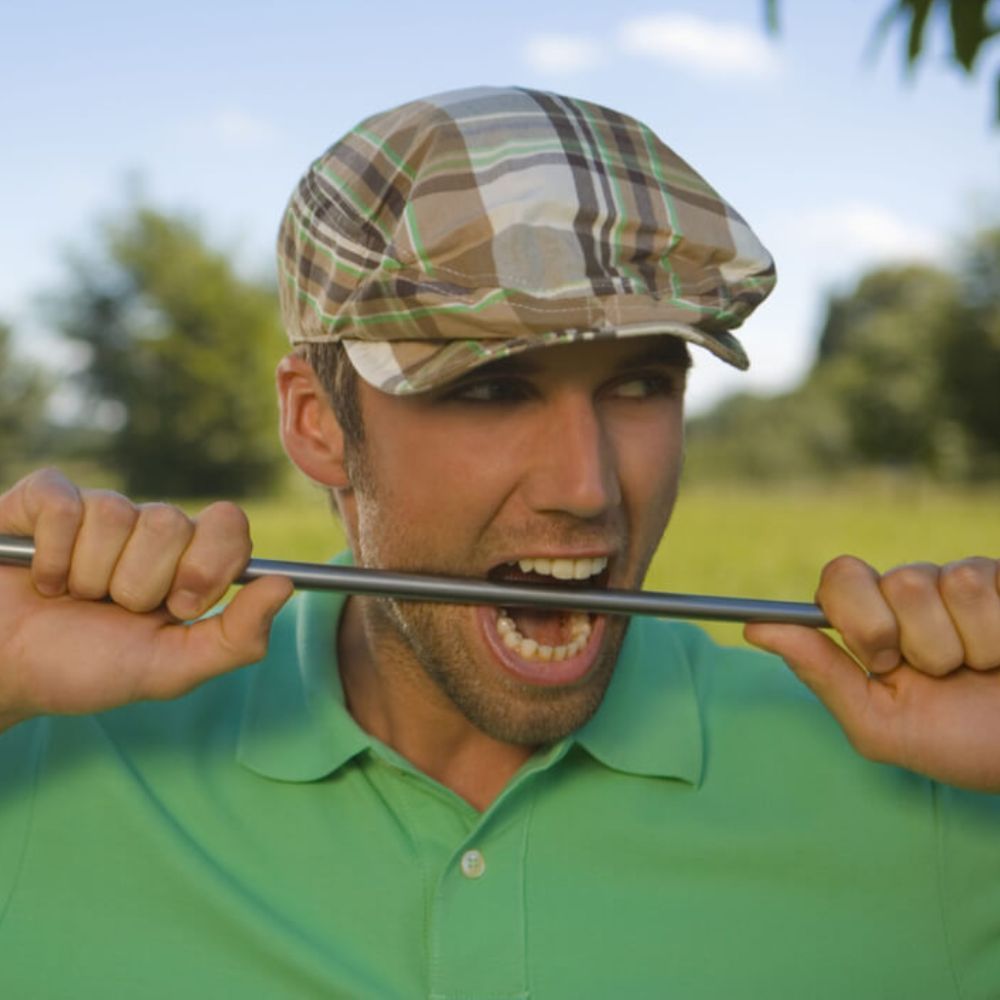
What Is a Double Cross?
You step up to the 10th tee feeling confident. You've just recorded your best nine of the season. You pull out the big stick and aim down the left side of the fairway. It's time for another power fade - it's been working like a charm all day long.
But then disaster strikes. The ball starts left but it isn't fading back to the center of the fairway. Where is that trusty fade? Instead, it's hooking into the trees. Sadly, you've just been victimized by the dreaded double cross.
In short, a double cross occurs when your golf ball goes in the exact opposite direction of where you were aiming and intended for the golf ball to go. The worst thing about a double cross is that the end result can often be twice as bad since you were already aiming away from your target line. This can lead to a ball out of bounds or in a hazard.
You thought you had your golf game mastered, but now the ball won't cooperate! It's understandable to feel discouraged; however, don't abandon all hope just yet. We'll show you how to battle through this and get back on track in no time.
What Causes The Double Cross?
The funny thing about the double cross is that it's a mishit that doesn't play favorites - beginners and more experienced golfers can suffer from this nightmare. Often times it's the better player who understands how to work the ball but loses trust in his swing that struggles with a double cross.
Poor Mental Game: Dr. Joseph Parent, one of the top Performance Psychologists and author of Zen Golf once said, “Trust is one of the most important qualities in the game of golf. With trust, it feels like you and your golf club are partners dancing as one. Without trust, it feels like you and your golf club are on opposite sides of a tug-of-war.”
This sums up the #1 fault of the double cross. You want to hit a draw but as you're addressing the ball your mind takes over and starts to run wild - is your alignment right, should you really hit a draw, what about doing this... Doubt has taken over and now tension and new swing thoughts creep into play. And the result - a nasty slice into the water.
- The Fix: Trust your swing and commit to the shot 100%.
Swing Path: A poor swing path can lead to all sorts of swing faults, especially the double cross. When you stray from your intended swing path (remember reading about trusting your swing) it becomes a huge challenge to realign your clubface at impact.
This can lead to overcompensation and further disaster. If you fail to get your clubface in line before striking the ball, it will likely go astray and not end up where you intended it to go.
- Pro-Fix: Invest in a pair of golf alignment sticks. This will help you ingrain an in-to-out swing for your draw and an out-to-in swing for your fade. There's a reason they're in almost every Pros bag.
Ball Position: A change in ball position can turn a draw into a fade or a slice into a draw. For a draw, you may want to play the ball a little back in your stance. This will help keep the face pointing to the right. When playing a fade you should position the golf ball a little forward in your stance. This will promote an out-to-in swing and a slightly open club face.
- Pro-Tip: When you set up and approach the golf ball you need to develop a simple repeatable process that becomes second nature for each and every shot.
Balance and Tempo: Have you ever noticed that your best ball-striking days seem to happen when you're in control of your tempo? Poor balance and weight transfer can lead to all sorts of swing flaws including the double cross. If you're not transferring your weight properly forward on the downswing you can be out of balance with an open body and clubface. That intended draw becomes a weak slice.
If your tempo is too quick, this can lead to over-rotation and a snap hook when you were aiming for a power fade.
- Pro-Fix: Invest in a golf impact bag. This will help you groove a consistent, repetitive, and powerful swing. It will help you feel where the clubface should be at impact and how to sync your body, hips, and arms with the correct swing. It allows you to clear your hips and develop a powerful shaft lean that results in consistent ball striking.
The double cross is a nightmare for any golfer, regardless of skill level. It's important to understand the possible causes and solutions so that you can avoid this nasty mishit in your game. We've broken down all the elements involved with the double cross: poor mental game, swing path, ball position, balance & tempo; as well as some pro-fixes to help you get back on track. Even if it feels like an impossible challenge at first glance - don't give up! With dedication and practice, these tips should put you back on course toward success. So let's tee off into victory together – trust your swing and commit 100%!
Check out some of the best training aids below.
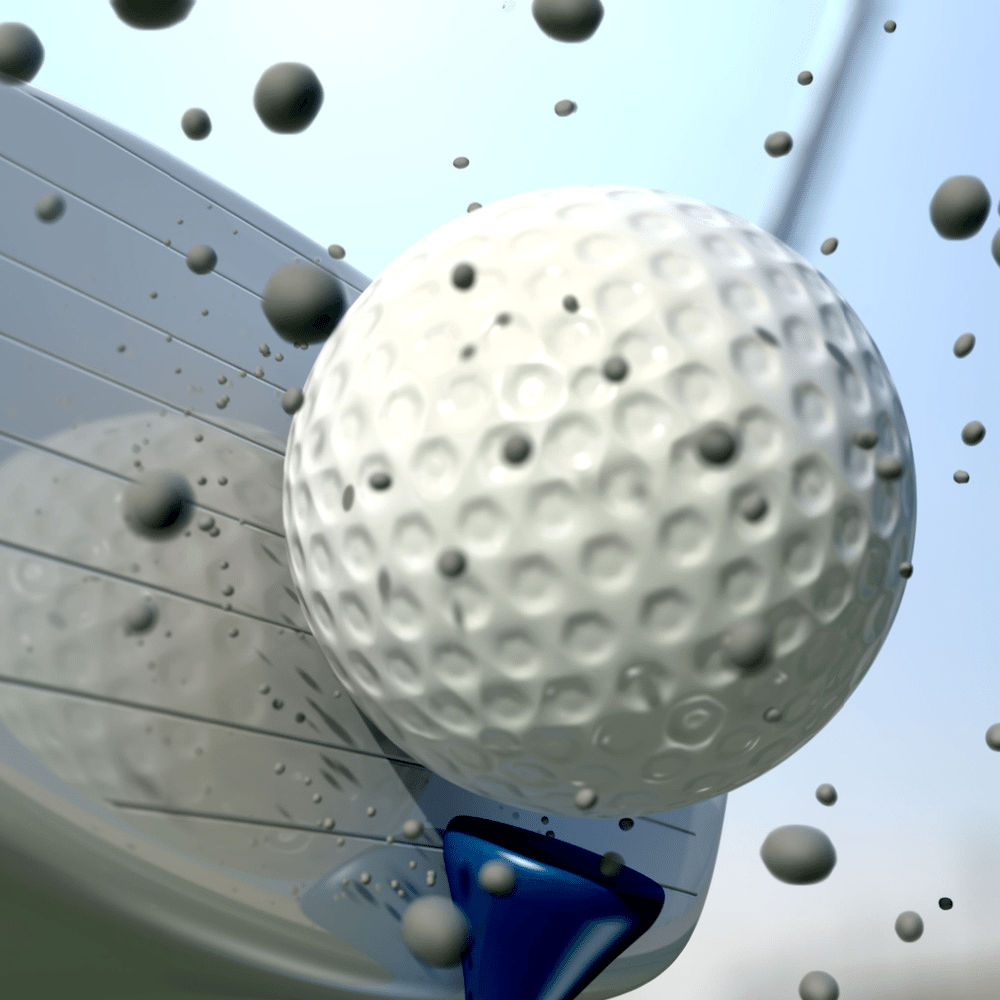
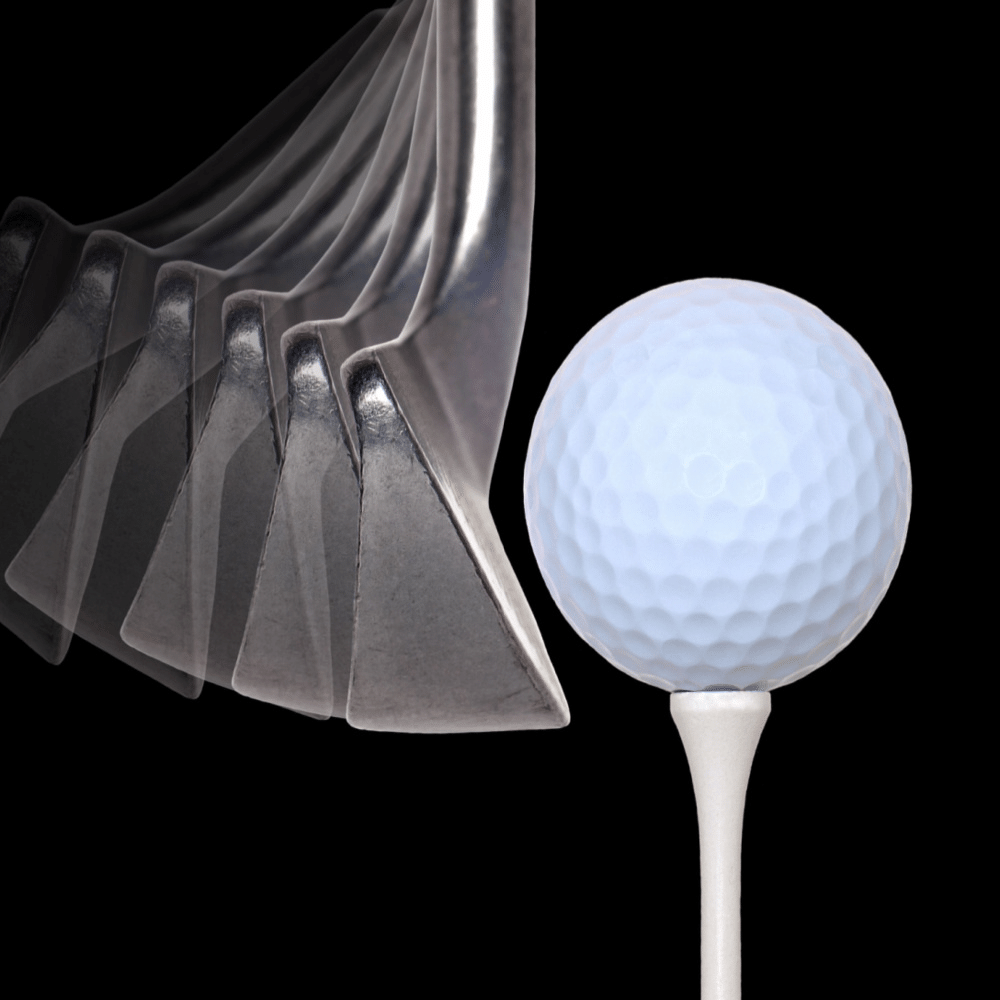
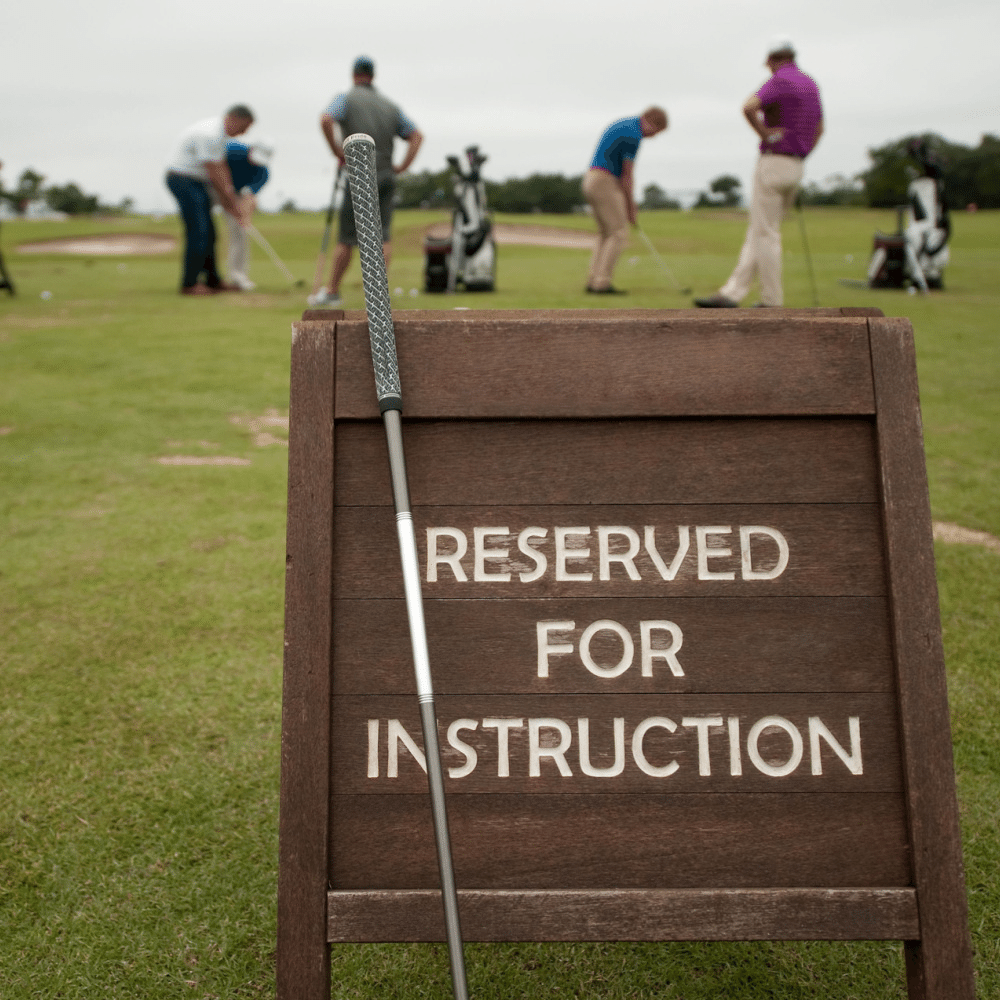











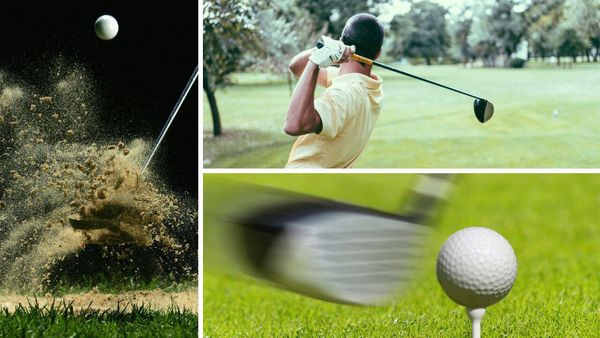


Member discussion